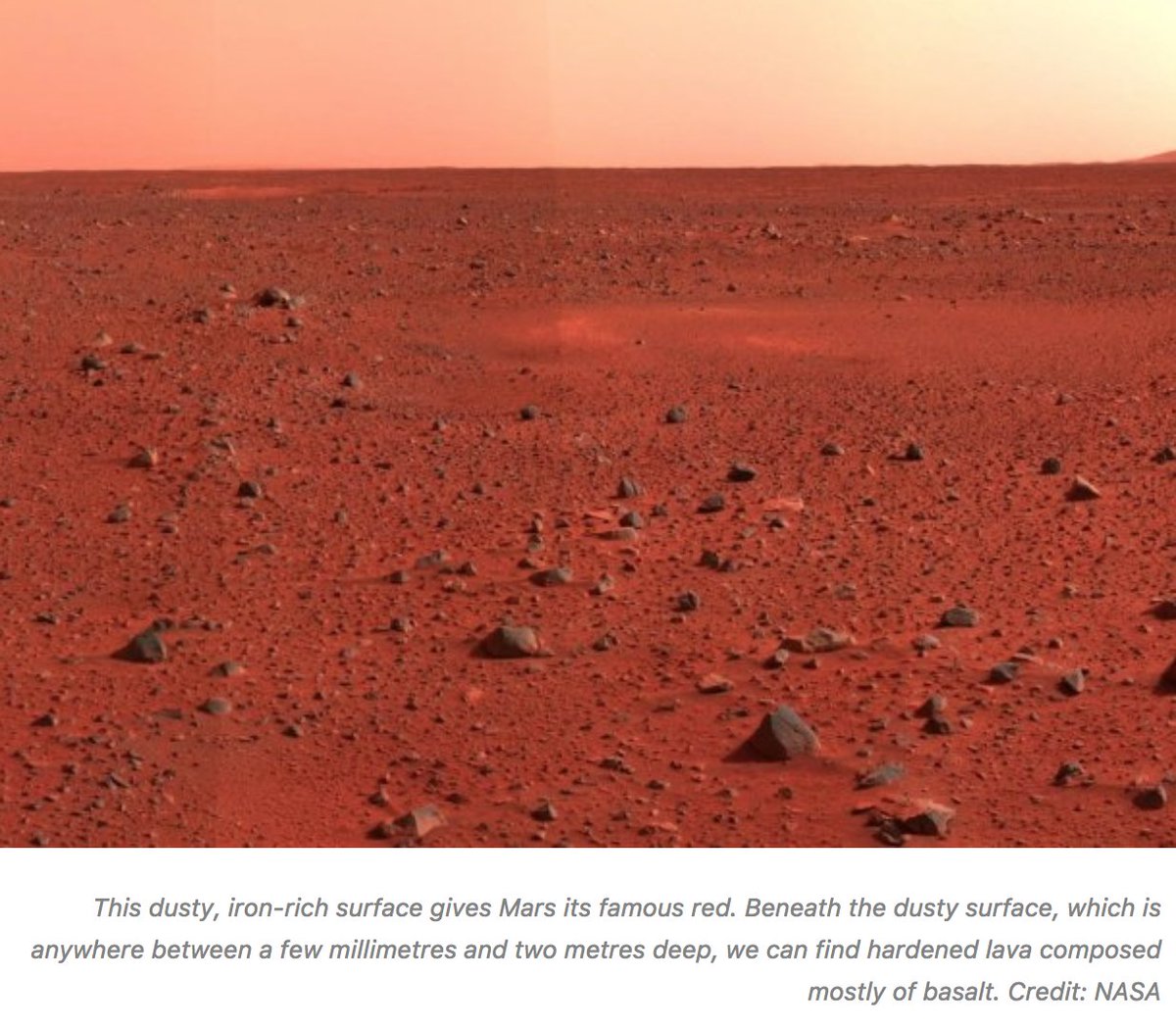Picking a Mutual Fund (part A)
by
Charles Lamson
Performance Indicators
Past performance is no guarantee of future success. That is more than a warning from the regulators. It is an absolute truth. Yesterday's hero is today's failure. Basing a decision to buy a fund on past performance only is not much better than flipping a coin.
 | ||
Past performance can tell something about the management of the fund. Wild swings in performance, especially when there is no apparent reason, can signal problems you should avoid. Get to know the manager(s). Their biographies are in the prospectus. A new manager may mean a large turnover in assets, triggering capital gains distributions.
While past performance will not predict future winners, it is pretty good at picking continual losers. Avoid funds that have histories of poor performance.
Looking at a fund's performance is more useful if you can compare it to some objective standard. This is why measuring performance against some of the leading market indicators, like the S&P 500, is so popular.
This process has some advantages and some disadvantages. The advantages include easy access to the indicators whether it is the S&P 500 or the Russel 2000 or one of the other generally accepted market indicators.
That can also be a disadvantage if the fund is compared to an index that is not reflective of what the fund is about. For example, the S&P 500 is weighted toward large-cap stocks. Comparing it to a small-cap stock mutual fund will yield a distorted picture of the fund, which is what some fund managers want.
It is better to get familiar with the indexes that are reflective of your fund's place in the market. 
Services on the Internet offer ways to compare mutual funds.
Let us walk through the process step-by-step:

Clearly, you can do a whole lot more using the online resources that are available on the Internet than you could accomplish on your own. While it is more cumbersome and time-consuming, it is possible to make your selection using available printed material. You just will not be able to consider as many funds this way.
Your portfolio will obviously consist of more than one mutual fund. How many and what types are topics we will cover in a future post when we discuss asset allocation.
*SOURCE: ALPHA TEACH YOURSELF INVESTING IN 24 HOURS, 2000, KEN LITTLE, PGS. 258-260*
END
|

No comments:
Post a Comment